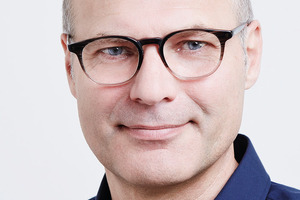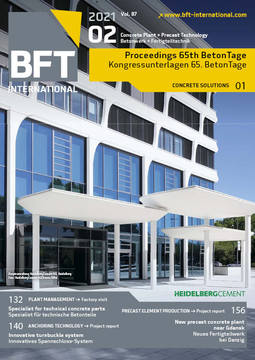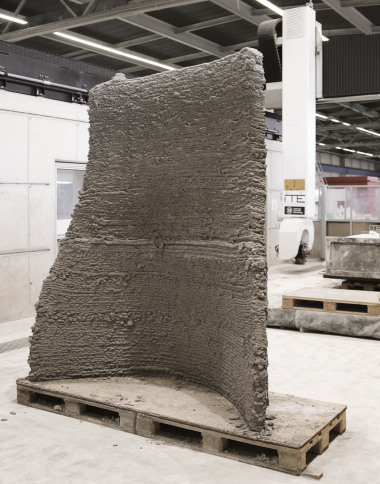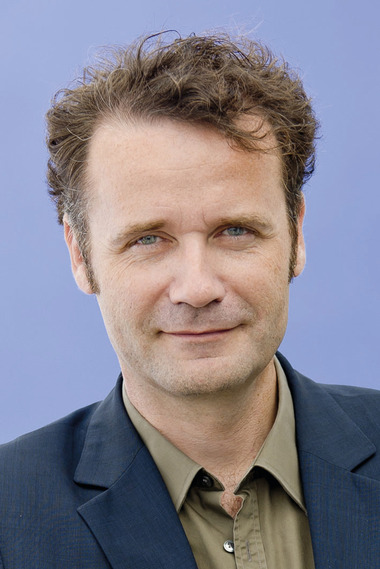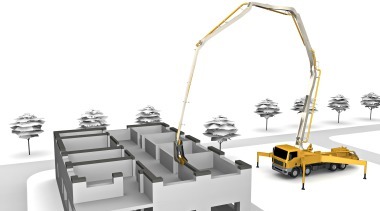Reinforcement concepts in 3D printing of structural concrete
3D concrete printing is a digital manufacturing technology which provides the construction industry with both a fundamentally new freedom of design and the possibility of resource-efficient construction.
The integration of reinforcement is a crucial step, in order to fully utilize the potential of this technology. The development of combined additive manufacturing processes for concrete and reinforcement permits the reinforcement to be designed in line with load path requirements while eliminating the need for structural reinforcement
proofing and thus reducing the amount of material not required for structural purposes [1,2]. Unlike the formwork-based concrete
construction methods, 3D concrete printing offers the possibility
to use the layer-by-layer addition of material as a supporting
structure for reinforcement positioning. A distinction can thus be made between (a) pre-manufacturing concrete printing processes which offer the possibility of introducing reinforcement by means of depositing, unwinding, spreading or inserting (concrete supports reinforcement), (b) pre-manufacturing reinforcement processes
which may define the form of the additive concrete printing processes
(reinforcement supports concrete), or (c) simultaneous, parallel additive
manufacturing of concrete and reinforcement [1,2,3,4,5]. The presentation addresses the challenges and potentials inherent in integrating reinforcement elements into the existing additive manufacturing processes. It provides insights into the current state of research and into the findings of ongoing research work. Initial studies on the integration of reinforcing bars clearly show that concrete rheology and the type of reinforcement have a significant influence on bond behavior [3] and flexural strength [4]. Significant
bond improvements can also be achieved by the method of reinforcement integration used, such as inserting the bars in a rotating movement [3]. In terms of combining “wire and arc additive manufacturing“ with 3D concrete printing, current research focuses on the influence of the temperature of the welding process on the printed concrete, as well as on suitable cooling strategies [5].



